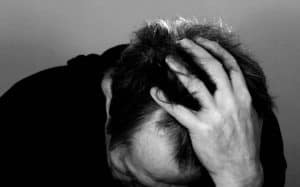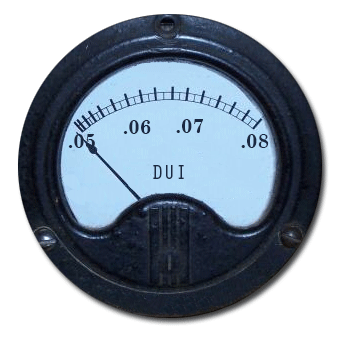 Not everyone who drinks chooses to drive home. Most of the time, drinkers take the responsible route and call a taxi, arrange designated driver or find another safe way to get home. If they have an ignition interlock in their vehicle, they know that it’s not even possible to drive home, though a fair number do try anyway.
Not everyone who drinks chooses to drive home. Most of the time, drinkers take the responsible route and call a taxi, arrange designated driver or find another safe way to get home. If they have an ignition interlock in their vehicle, they know that it’s not even possible to drive home, though a fair number do try anyway.
But, when you have a hangover and an ignition interlock device, there may be even more to worry about.
The next day, you wake up knowing that you did the right thing. You still had fun, but you made it home without another DUI or an ignition interlock violation. Now you’re up and pretty ready to go, and you have a pounding headache or a sour stomach. That hangover is not only uncomfortable; it could be a sign that you’re still not sober enough to drive.
If you do the math, you need one hour per drink to metabolize those drinks.
That means that if you haven’t waited enough time since your last drink, you could still set off your ignition interlock device. You’re probably not legally drunk, but a blood alcohol concentration (BAC) of .02 percent could trigger an interlock failure. Maybe you should spend another hour or two in bed.
Even if you’ve waited enough time and you know your BAC is fine, if you have a hangover, you could be a danger on the roads. Your brain is still trying to regain its equilibrium after the alcohol, you probably are slow to engage your brain and body, and you’re tired. Too much alcohol has an effect, and when you’re not at your best even hours after the party ends then it is time to sleep it off a little more and wait for a more responsible time to drive.


Leave a Reply
You must be logged in to post a comment.